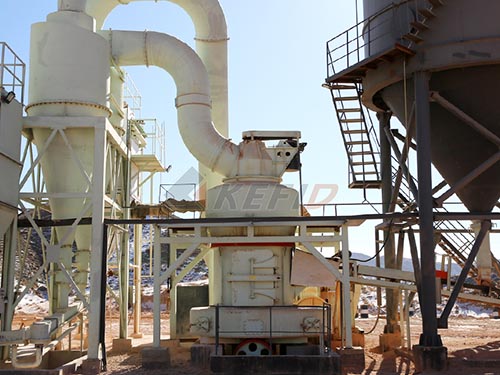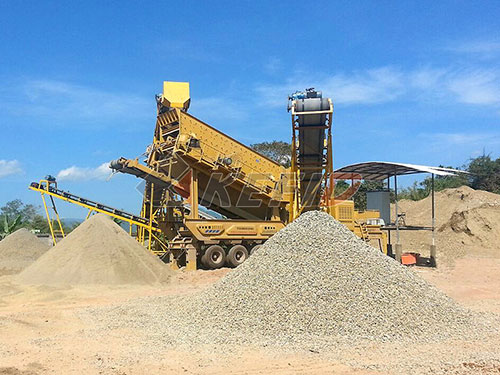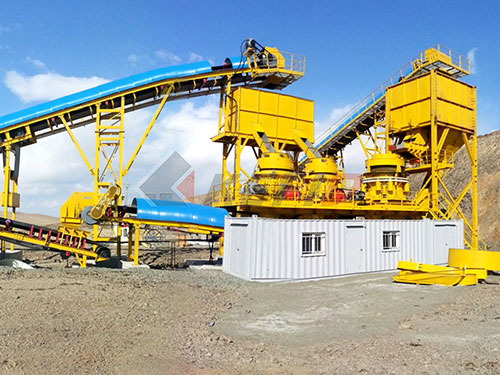The Working Mechanism of Jaw Crushers in Cement Production
Within the vast, complex ecosystem of a modern cement plant, the primary crushing stage holds fundamental importance. Here, massive chunks of quarried raw materials – predominantly limestone, clay, marl, or shale – must be reliably reduced to manageable sizes for subsequent processing. Among the various crusher types employed, the robust and efficient Jaw Crusher remains a cornerstone technology for this critical task. Understanding its operation is key to appreciating its role in cement manufacturing.
The Core Challenge: Primary Size Reduction

Raw materials extracted from quarries arrive at the cement plant in large blocks, often exceeding one meter in diameter. Before these materials can be finely ground into raw meal (and later clinker and cement), they must undergo significant size reduction. Primary crushers like jaw crushers are designed to handle this initial coarse crushing duty efficiently and reliably.
Anatomy of a Jaw Crusher
At its heart, a jaw crusher is a relatively simple machine with two essential components:
1. Fixed Jaw Plate: A rigid vertical or near-vertical plate anchored to the crusher frame.
2. Movable Jaw Plate: A plate mounted on an eccentric shaft that imparts an elliptical motion. This jaw pivots at the top and is driven by flywheels connected to a powerful motor via V-belts.
3. Crushing Chamber: The wedge-shaped space between the fixed jaw and the movable jaw where material is compressed and broken.
4. Toggle Plate & Seats: A safety mechanism designed to protect the crusher from uncrushable material (tramp metal). It acts as a mechanical fuse that breaks under excessive load.
5. Discharge Setting Adjustment: Mechanisms (like hydraulic jacks or shims) that allow operators to change the minimum gap between the jaws at their lowest point (the closed-side setting), determining the maximum size of crushed product.
The Crushing Cycle: How it Works
The operation of a jaw crusher follows a cyclical process:
1. Feed Intake: Large rocks are fed into the top of the crushing chamber from dump trucks, loaders, or an apron feeder.

2. Compression Stroke (Crushing):
The eccentric shaft rotates, causing the movable jaw to move towards the fixed jaw.
As it moves closer, rock trapped within the narrowing chamber is subjected to intense compressive forces.
The geometry of the chamber focuses these forces effectively

Leave a Reply